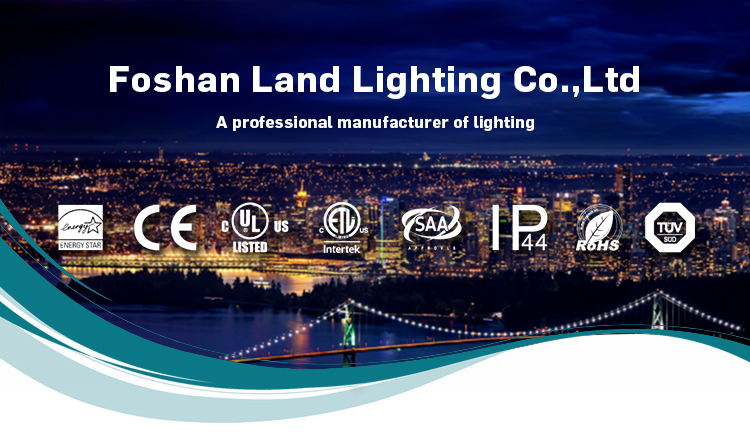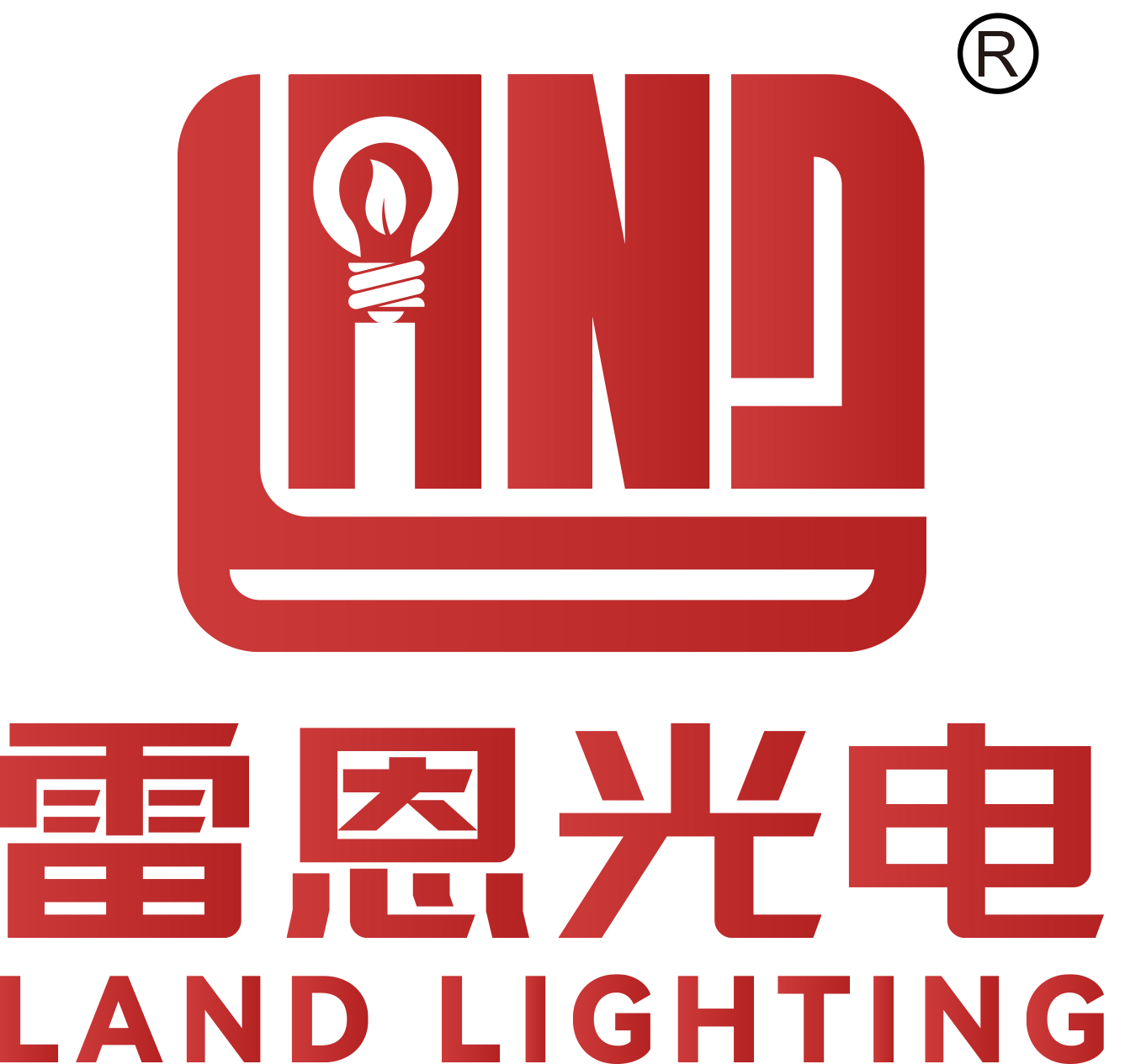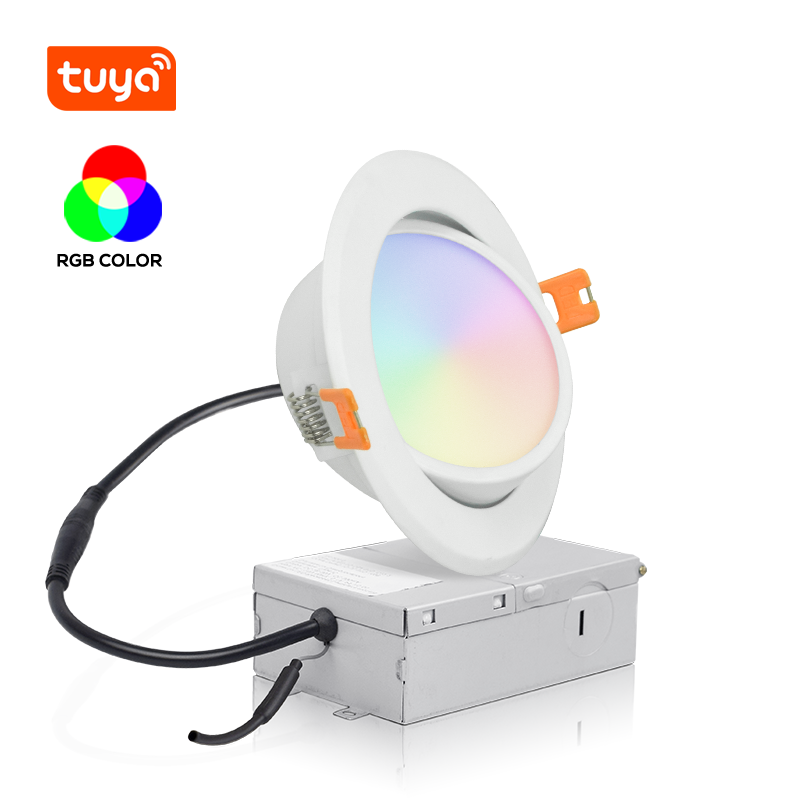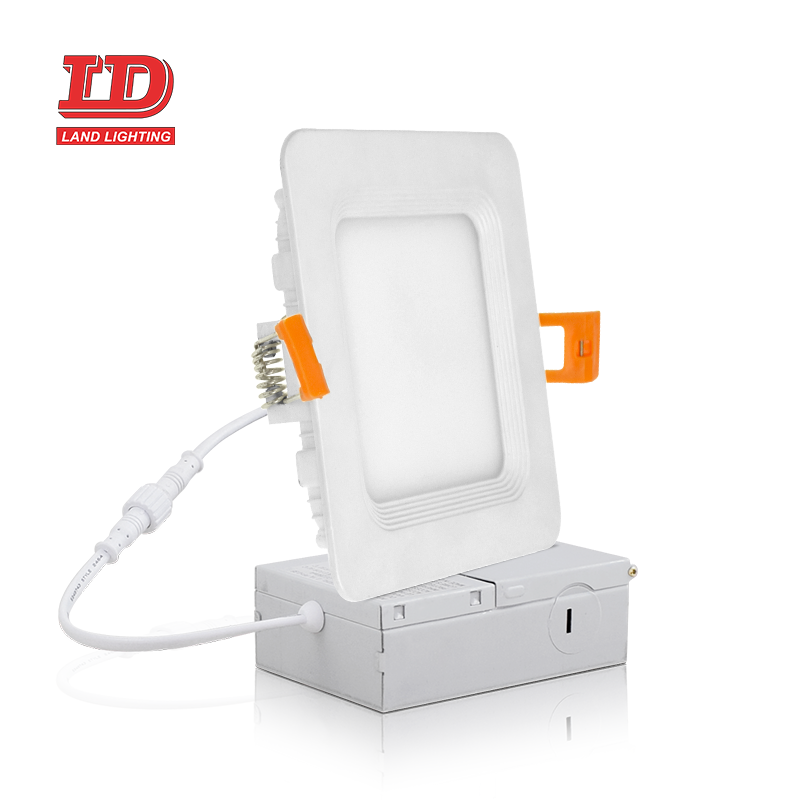The LED bathroom mirror industry is experiencing significant growth, driven by technological advancements and increasing consumer demand for modern, convenient bathroom solutions. This report analyzes the current state of the industry and identifies key trends shaping its future.
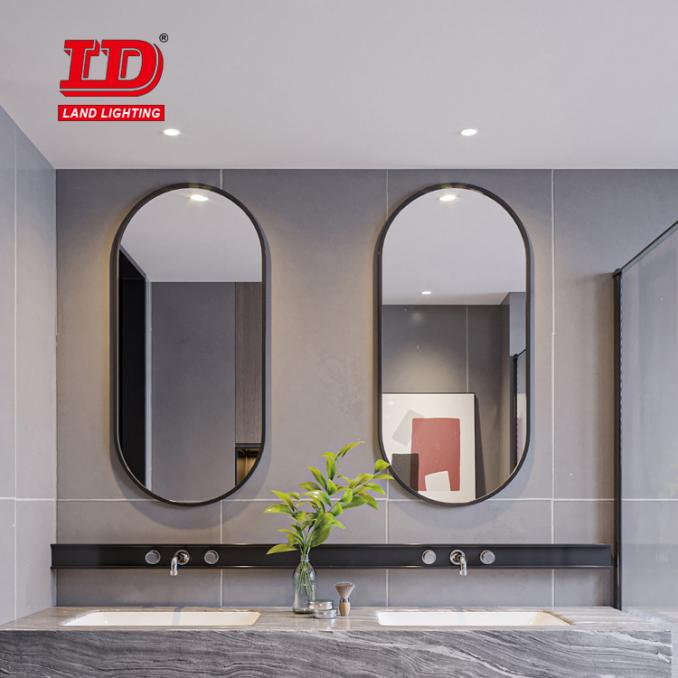
The integration of LED lighting into bathroom mirrors has transformed the traditional fixture into a functional and aesthetically pleasing addition to modern bathrooms. LED mirrors provide bright, even lighting, ideal for grooming and makeup applications. They also offer features such as anti-fog, demister pads, and app control, enhancing user convenience.
Market demand for LED bathroom mirrors is driven by several factors. Firstly, the rising trend of home renovation and the pursuit of luxurious lifestyles have led consumers to seek innovative bathroom products. Secondly, advancements in LED technology have reduced energy consumption and increased product durability, making LED mirrors a cost-effective option.

Competition within the industry is intense, with numerous players offering a wide range of products. Manufacturers are continuously innovating to differentiate their offerings, incorporating features such as touch sensors, smart connectivity, and customizable lighting settings. Branding and marketing strategies play a crucial role in capturing market share, with companies investing heavily in product promotion and customer engagement.
The global market for LED bathroom mirrors is expanding, with growth expected to continue in the coming years. Emerging markets, particularly in Asia and Latin America, present significant opportunities for expansion due to increasing disposable incomes and urbanization. However, market penetration in these regions may be challenged by factors such as infrastructure limitations and consumer awareness.
In conclusion, the LED bathroom mirror industry is poised for continued growth, driven by technological innovation and consumer demand. Manufacturers must remain agile, continually innovating to meet evolving consumer preferences and capitalizing on emerging market opportunities. By staying ahead of market trends, companies can secure a competitive edge and drive sustainable growth in this dynamic industry.
